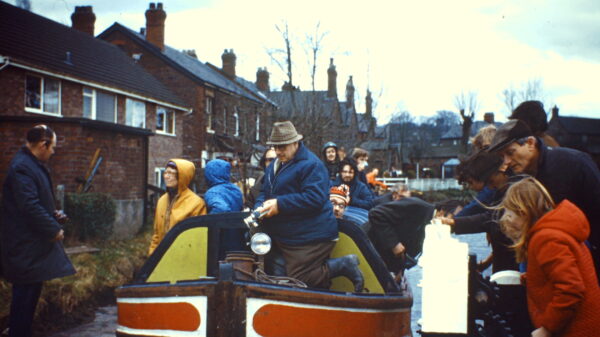From Manchester to Ashton-under-Lyne
The Ashton Canal runs from the Rochdale Canal at Ducie Street in Manchester to its junction with the Huddersfield Narrow Canal at Ashton-under-Lyne, 0.4 miles (0.6 km) east of Dukinfield Junction, where it is joined by the Peak Forest Canal.
The canal was built in 1792 to serve the textile mills of Ashton and the surrounding coalfields. Following a major restoration scheme, it reopened in 1974.
Ashton Canal has two disused branches, both partly filled in but proposed for restoration:
- the Hollinwood Branch – 4.6 miles (7.2km) and 7 locks – which joined at Fairfield Junction
- the Stockport Branch – 4.9 miles (7.8 km) and no locks – which joined at Clayton Junction, in the middle of the Clayton Lock flight



